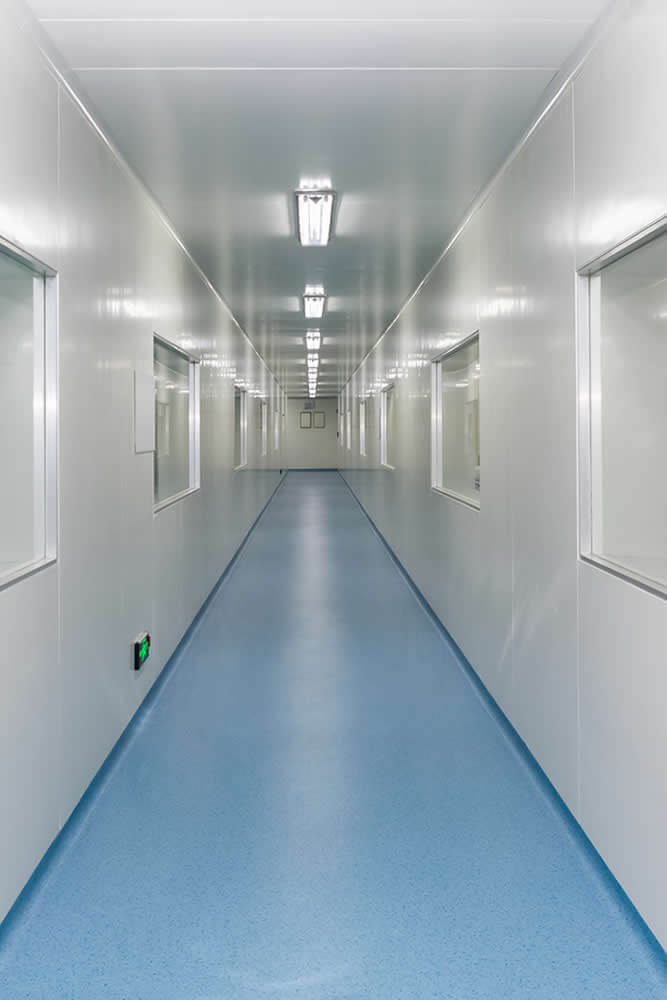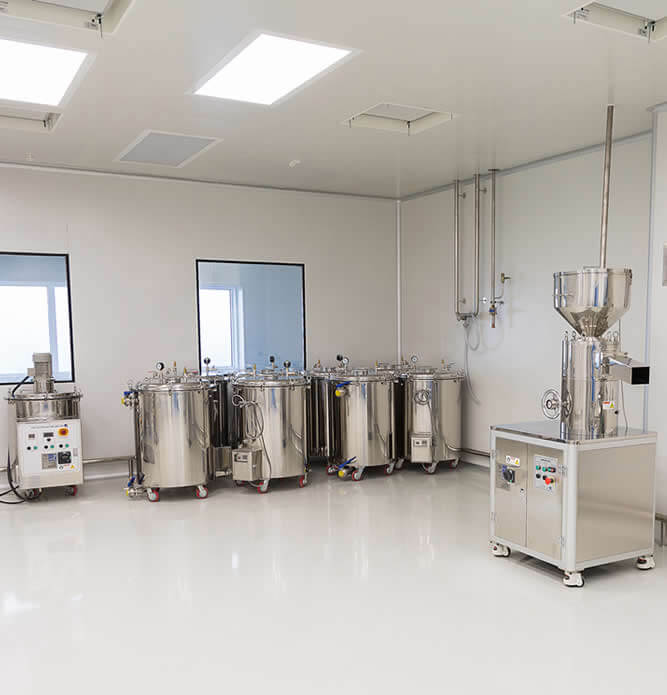Alert and Action Levels can be derived from various sources:
USP <1116>: Suggested Initial Contamination Recovery Rates
Room |
Active Air |
Settle Plate |
Contact Plate |
Glove or |
|---|---|---|---|---|
ISO 5 |
> 1 |
> 1 |
> 1 |
> 1 |
ISO 6 |
> 3 |
> 3 |
> 3 |
> 3 |
ISO 7 |
> 5 |
> 5 |
> 5 |
> 5 |
ISO 8 |
> 10 |
> 10 |
> 10 |
> 10 |
USP takes a percentage over all growth approach due to the variation in microbial counts and the vagueness of what a colony forming unit actually means (see USP <61>)
Other sources offer an easier cfu/plate type limit:
FDA Guidance for Industry: Sterile Drug Products Produced by Aseptic Processing – cGMPISO Designation |
Active Air Action |
Surface Sample |
|---|---|---|
5 |
1 |
1 |
6 |
7 |
3 |
7 |
10 |
5 |
8 |
100 |
50 |


